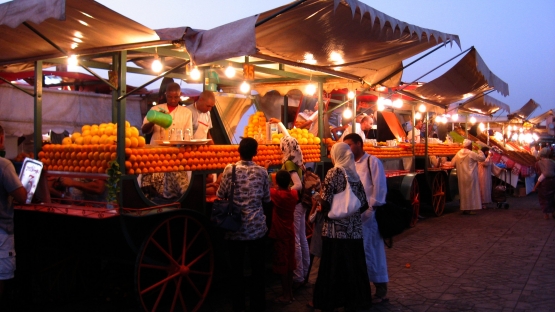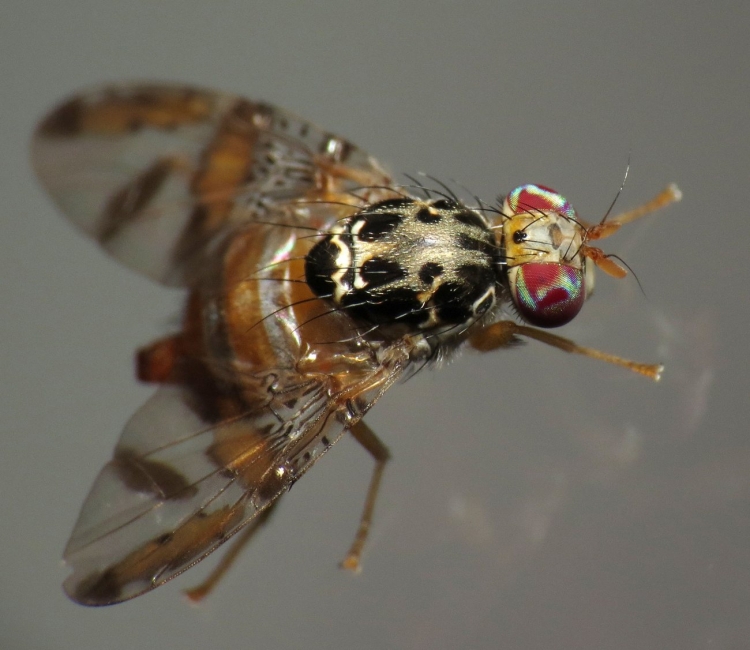Citrus crop losses due to fruit flies along with insecticide use in Morocco are both expected to drop as the country begins to develop capacities in nuclear techniques as part of its pest control management plans. Known as the Mediterranean fruit fly, this insect is a key pest of Morocco’s production of citrus fruit — one of the country’s major domestic and export commodities.
“The Mediterranean fruit flies can infest and destroy an entire crop, and without proper management, it can be a total loss for the season,” said Ahmed Bentouhami, Director General of the National Plant Protection Office of Morocco. The country produces over 2.3 million tonnes of citrus fruits, like oranges and clementines, per year, so these types of losses can have a significant economic impact, he said. “The sterile insect technique [a nuclear technique] is one tool that can be combined with others to effectively manage the fruit fly problem.”
Environmentally friendly alternative
The sterile insect technique, or SIT, is a cost-effective and environmentally friendly method of pest control that uses ionizing radiation to sterilize male fruit flies that are mass-produced in special rearing facilities. The sterile males are systematically released mainly by air into fly-infested areas, where they mate with wild females that consequently do not produce offspring. As a result, if systematically applied over larger areas, this technique can effectively and sustainably suppress pest populations.
Currently, Morocco relies primarily on chemical pesticides to manage this insect pest, but this is not sustainable as there are negative environmental effects, resistance to pesticides is increasing and some consumers are concerned about the extensive use of chemicals, said Moulay M’hamed Loultiti, President of Maroc Citrus, the country’s association of citrus producers.
“Many people want less chemicals on their food; there can be residues from the chemical pesticides, and these can get into the consumer goods, so we must carefully regulate these chemicals,” said M’hamed Loultiti. “Over time, these chemicals are also becoming less effective, which means more would have to be used. SIT offers another way to safely address the flies so we do not have to rely only on chemicals.”
With this project, we expect to be able to eventually produce around 200 million sterile male fruit flies per week and release them over 100 000 hectares of production areas. Step-by-step, we hope to increase the area that we cover to extend over a large part of the country.




